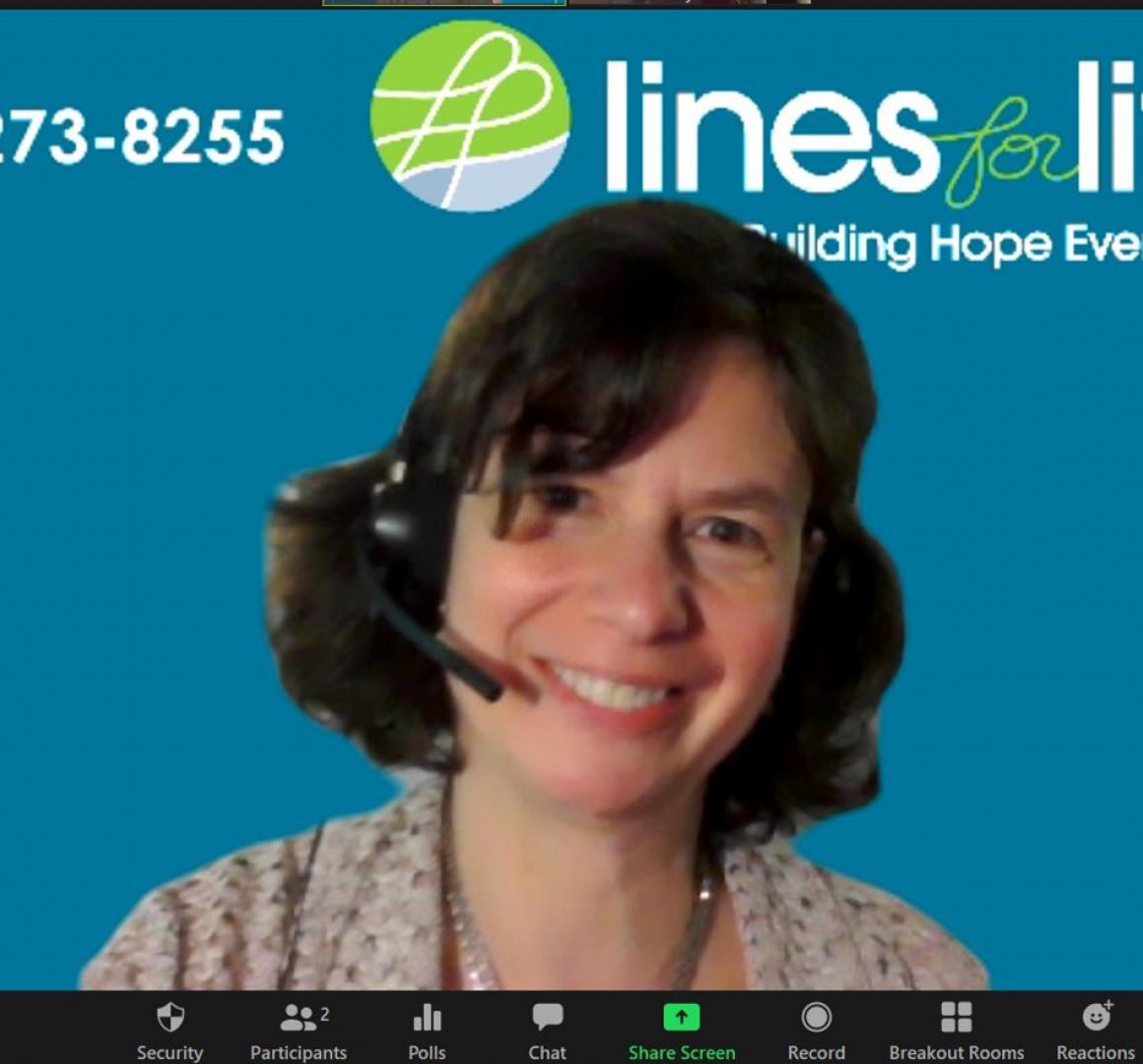Elissa Adair ’88 Explores Gun Safety and Suicide in the Age of COVID-19

Even before COVID-19 made social isolation necessary to protect lives, statistics showed a frightening correlation between gun ownership and suicide. A recent study published by The New England Journal of Medicine concluded that rates of suicide by any method were significantly higher among handgun owners. Public health workers have taken notice of a trend since the pandemic began: a sharp increase in gun purchases.
Elissa Schuler Adair ’88 works with Lines for Life, an organization that promotes mental wellness and suicide prevention. A gun safety advocate, she recently participated in a project to look at suicide prevention from a gun owner’s perspective.
The prospect challenged Adair, who lived on the East Coast with her family when the 2013 shootings at the Sandy Hook Elementary School in Connecticut took place. At that time, Adair organized meetings on gun control in Westchester County, New York. The effort supported gun control measures before the county board of legislators, but also imprinted a “crisp memory” of a confrontation with some 30 demonstrators associated with the National Rifle Association.
This time around, Adair helped record virtual interviews with 31 gun owners on firearm safety and suicide prevention in Oregon, a state that has one of the higher suicide rates in the nation and has tallied increased gun purchases since the spread of COVID-19. The contrast from her previous experience in New York was striking.
“It was really difficult to hear from some gun owners that they made the decision to get a gun when they had kids for their family’s protection,” Adair said. “This is not a project that I would seek out because my personal beliefs and risk perceptions are so different.”
But conversations were respectful, with open discussion about mental health issues and safety education that treated guns as tools. Participants offered what suicide prevention communication messages they, as gun owners, recommended; for example, a gun owner could make a personal plan in advance that gives a trusted friend or family member permission to remove a weapon if the gun owner seems in serious distress.
A few interviewees shared their own experiences with suicidal ideation or with family or friends who had committed suicide. There was general agreement in two directions — include firearm safety in suicide prevention trainings and include suicide prevention in firearm instruction at shooting ranges or in concealed carry classes.
“Part of this is to identify out-of-the-box solutions because rates of youth suicide and rates of suicide using firearms have both been increasing,” Adair said.
Findings have been compiled in a written report to the Oregon Alliance to Prevent Suicide, a coalition of public and mental health partners. The Alliance will make formal recommendations in the near future to the state Health Authority and legislators.
“As a public health advocate, [the Lines for Life project] reminded me of my own blind spots,” Adair said. “I recognize that starting down this path is appropriate and a strategy is needed to navigate increasingly polarized conversations and help keep people safe. It is one of the many ways that those of us who work in public health walk a tightrope these days.”


